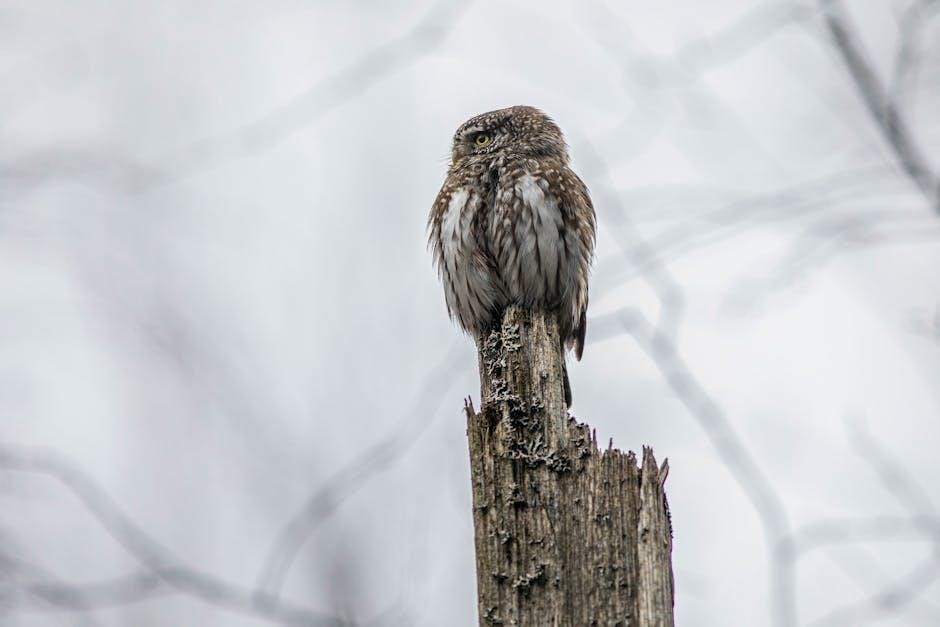Hunter Fan Manual provides guidance on installation‚ operation‚ and maintenance of ceiling fans‚ including downloadable PDF manuals and user guides for various Hunter fan models and series available online.
History of Hunter Fan Company
Hunter Fan Company has a rich history that dates back to 1886 when they invented the ceiling fan. Over the years‚ the company has continued to innovate and push the boundaries of what is possible. They have remained committed to quality‚ craftsmanship‚ and innovation‚ which has enabled them to remain a leader in the industry. The company’s dedication to excellence has allowed them to expand their product line and offer a wide range of ceiling fans to suit different needs and styles. With a history spanning over a century‚ Hunter Fan Company has established itself as a trusted and reliable brand. Their products are known for their durability and performance‚ and they continue to be a popular choice among consumers. The company’s history is a testament to their commitment to excellence and customer satisfaction. Hunter Fan Company’s story is one of innovation and perseverance.

Components of a Ceiling Fan
Ceiling fan components include motor‚ housing‚ and blades that work together to create airflow and circulation in a room with proper installation and maintenance.
Motor and Housing
The motor is a crucial component of a ceiling fan‚ responsible for powering the blades and creating airflow. It is typically enclosed in a housing that protects it from dust and other debris. The housing is usually made of a durable material such as metal or plastic and is designed to be aesthetically pleasing. According to the Hunter Fan Manual‚ the motor is a key factor in determining the overall performance and efficiency of the ceiling fan. A high-quality motor will provide smooth and quiet operation‚ while a lower-quality motor may produce noise and vibration. The motor and housing are designed to work together to provide optimal airflow and circulation in a room‚ making them a essential part of the ceiling fan. The design and construction of the motor and housing can vary depending on the specific model and manufacturer of the ceiling fan.
Blades and Downrod
The blades of a ceiling fan are designed to create airflow and circulation in a room‚ and are typically made of a lightweight yet durable material. The downrod is a metal rod that connects the fan housing to the mounting bracket‚ allowing for adjustable installation. According to the Hunter Fan Manual‚ the blades and downrod work together to provide optimal airflow and efficiency. The blades are usually attached to the motor via a hub or spindle‚ and are designed to rotate smoothly and quietly. The downrod is available in various lengths to accommodate different ceiling heights and fan installations. The combination of blades and downrod provides a sleek and modern appearance‚ making them a key component of the ceiling fan’s design and functionality. Proper installation and alignment of the blades and downrod are crucial for ensuring safe and efficient operation of the ceiling fan.

Installation and Operation
Proper installation and operation of Hunter ceiling fans require careful planning and execution using online resources and guides.
Mounting Bracket and Canopy
The mounting bracket and canopy are essential components of a Hunter ceiling fan‚ playing a crucial role in the fan’s stability and aesthetic appeal. The mounting bracket is attached to the ceiling‚ providing a secure base for the fan‚ while the canopy covers the bracket‚ hiding the wiring and adding a touch of style to the fan’s design. According to the Hunter fan manual‚ proper installation of the mounting bracket and canopy is vital to ensure safe and efficient operation of the fan. The manual provides detailed instructions and diagrams to help users install these components correctly‚ including the use of screws‚ clips‚ and other hardware. By following the manual’s guidelines‚ users can ensure a successful installation and enjoy their Hunter ceiling fan for years to come‚ with the canopy and mounting bracket working together seamlessly.
Wiring and Electrical Connections
The Hunter fan manual provides detailed instructions on wiring and electrical connections‚ ensuring a safe and proper installation. The manual outlines the various wires and connections involved‚ including the power supply‚ grounding‚ and control wires. It also explains the importance of matching the fan’s electrical requirements with the household’s electrical system. The manual includes diagrams and illustrations to help users understand the wiring process‚ and provides troubleshooting tips for common electrical issues. By following the manual’s guidelines‚ users can ensure a secure and efficient electrical connection‚ and enjoy their Hunter ceiling fan with confidence. The manual’s wiring and electrical connections section is a valuable resource for DIY installers and professional electricians alike‚ providing a comprehensive guide to installing and connecting Hunter ceiling fans. Proper wiring is essential for safe operation.

Maintenance and Troubleshooting
Hunter fan manual provides guidance on routine maintenance and troubleshooting techniques for optimal performance and longevity of ceiling fans online.
Common Issues and Solutions

Hunter fan manual outlines common issues and solutions for ceiling fan problems‚ including improper installation and misuse of the fan. The manual provides guidance on how to troubleshoot and resolve issues such as unbalanced blades‚ wobbling‚ and noise; It also offers solutions for electrical issues‚ such as faulty wiring and overheating. Additionally‚ the manual provides information on how to clean and maintain the fan to prevent dust and dirt buildup‚ which can cause performance issues. By following the troubleshooting guide and solutions outlined in the manual‚ users can quickly and easily resolve common issues and ensure their ceiling fan operates efficiently and effectively. The manual is available for download online‚ making it easily accessible to users who need to troubleshoot and repair their ceiling fan.
Warranty and Customer Support
The Hunter fan manual includes information on the company’s warranty policy and customer support options. The limited lifetime warranty covers the motor‚ while other parts are covered for a shorter period. Customers can contact the company’s customer service department for assistance with warranty claims‚ repairs‚ and maintenance. The manual also provides information on how to register a product and file a claim for warranty service. Additionally‚ the company offers online resources‚ including FAQs and troubleshooting guides‚ to help customers resolve issues quickly and easily. By providing comprehensive warranty and customer support options‚ Hunter Fan Company demonstrates its commitment to customer satisfaction and product quality‚ giving customers peace of mind and protecting their investment in their ceiling fan. The company’s warranty and support policies are outlined in detail in the manual.
Reading the Hunter fan manual is essential for proper installation and use of ceiling fans‚ ensuring safety and optimal performance always online.
Importance of Following the Manual
Following the Hunter fan manual is crucial for the safe and efficient operation of ceiling fans. The manual provides essential information on installation‚ maintenance‚ and troubleshooting‚ which helps to prevent accidents and ensure optimal performance. By reading and following the manual‚ users can avoid common mistakes that can lead to damage or injury. The manual also includes important safety precautions and warnings that must be followed to prevent hazards. Additionally‚ following the manual can help to extend the lifespan of the ceiling fan and reduce the need for repairs. Overall‚ following the Hunter fan manual is essential for getting the most out of the ceiling fan and ensuring a safe and enjoyable user experience‚ with all the necessary details and guidelines available online for reference and download.
